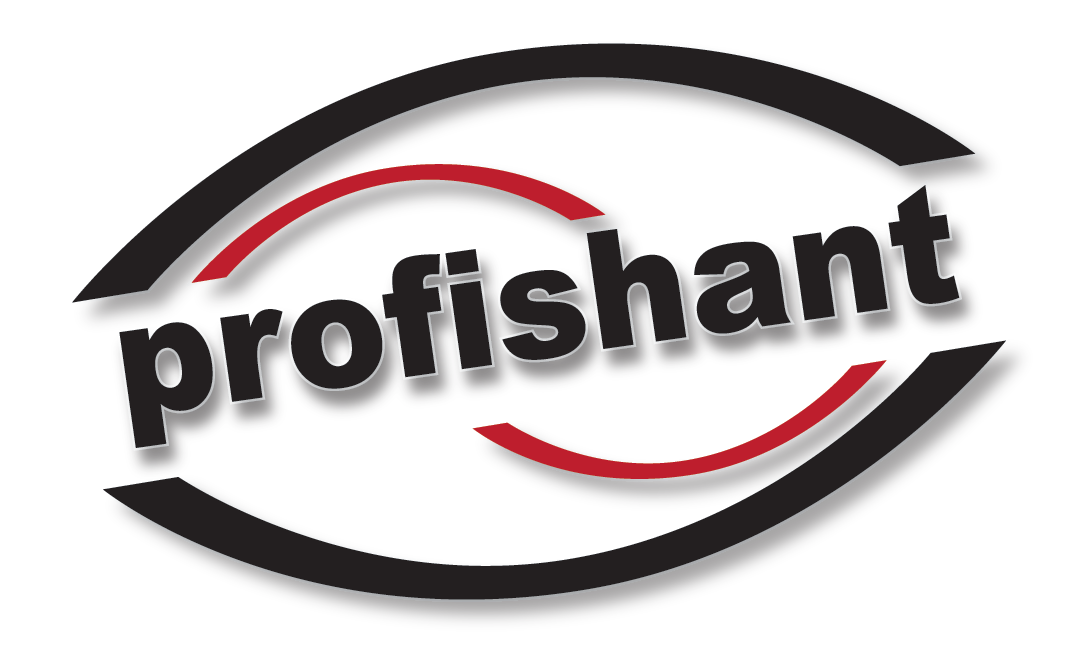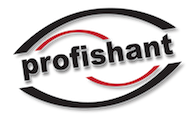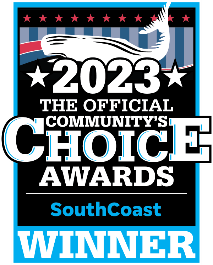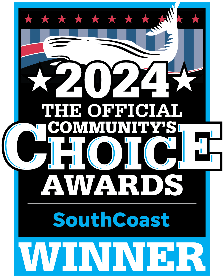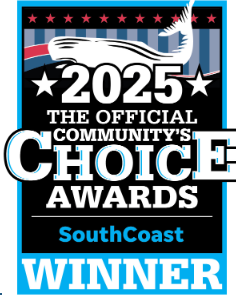What’s the Difference?
Cross Contamination vs. Cross Contact
Cross-Contamination vs. Cross-Contact: What’s the Difference?
Food safety has never been more important, especially with the growing number of people affected by food allergies. Today, an estimated 32 million Americans live with a food allergy—equivalent to roughly 10% of the U.S. population. Even more concerning, this number has increased tenfold in the past 35 years, with severe allergic reactions, such as anaphylactic shock, becoming more common over the last two decades.
As food allergies become a more pressing concern, you’ve likely heard the term “cross-contamination.” However, there’s another term, “cross-contact,” that is just as important—but often misunderstood. While they may sound similar, these two terms refer to entirely different food safety risks. Understanding the difference between cross-contact vs. cross-contamination can help prevent dangerous reactions and ensure proper food handling.
What Is Cross-Contact?
Cross-contact occurs when an allergen, such as fish, comes into direct contact with another food, like vegetables. During this interaction, proteins from the allergen transfer to the non-allergen food, making it unsafe for those with food allergies. Unlike bacteria or viruses, allergen proteins cannot be seen, wiped off, or destroyed by cooking—meaning even the smallest exposure can trigger a reaction.
Example of Cross-Contact Imagine a person with a severe fish allergy orders scallops at a restaurant. However, the scallops were stored next to raw fish, and some of the fish touched the scallops. Even though the scallops themselves do not contain fish as an ingredient, the allergen proteins have now transferred, making them unsafe for the person with the allergy.
Once cross-contact happens, it cannot be reversed—the only solution is to prevent it from occurring in the first place.
What Is Cross-Contamination?
On the other hand, cross-contamination refers to the transfer of harmful bacteria or viruses from one food or surface to another. Unlike cross-contact, which involves allergen proteins, cross-contamination typically occurs with raw meats, unwashed produce, or contaminated kitchen surfaces. The good news? Proper cooking, washing, and sanitization can eliminate bacteria and make the food safe to eat.
Example of Cross-ContaminationLet’s say you’re preparing raw chicken on a cutting board. Without washing, rinsing, and sanitizing the board and knife, you then cut fresh vegetables on the same surface. If harmful bacteria like Salmonella were present on the raw chicken, they could transfer to the vegetables, creating a food safety risk. However, unlike cross-contact, thorough cooking can kill the bacteria, making the vegetables safe to eat.
Key Takeaways: Preventing Cross-Contact and Cross-Contamination
Cross-contact is the transfer of allergens, which cannot be removed or destroyed by cooking. Cross-contamination is the spread of bacteria or viruses, which can be eliminated through proper cooking and sanitization.
The best way to prevent both is to use separate utensils, cutting boards, and prep areas for different food groups and allergens.
Have More Questions About Food Safety? Hopefully, this breakdown has helped clarify the difference between cross-contact vs. cross-contamination. If you have any additional questions or want to discuss food safety in more detail, feel free to reach out! Contact [email protected]—We are always here to help with your food safety needs!
Article Written By:
Justin Miller
Former Food Safety Consultant
profishant, inc.
